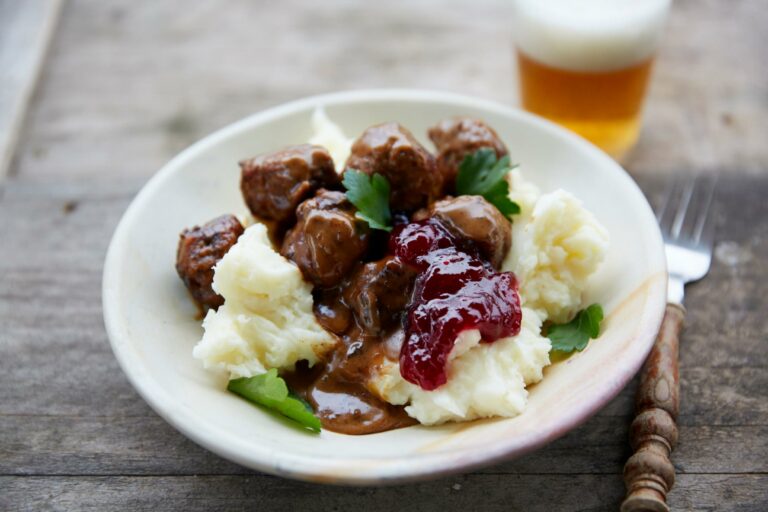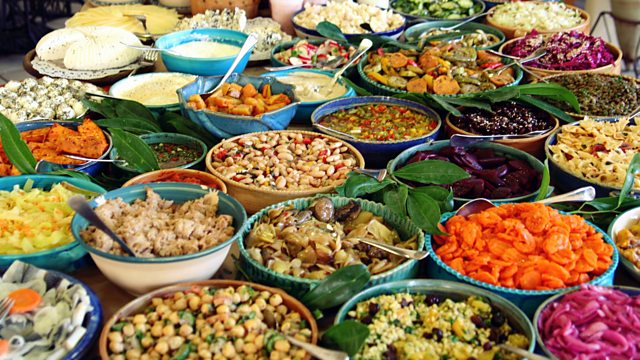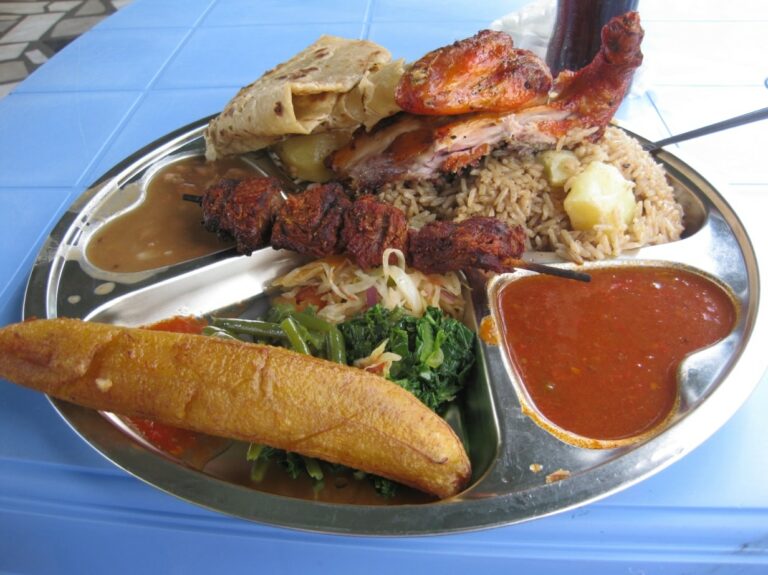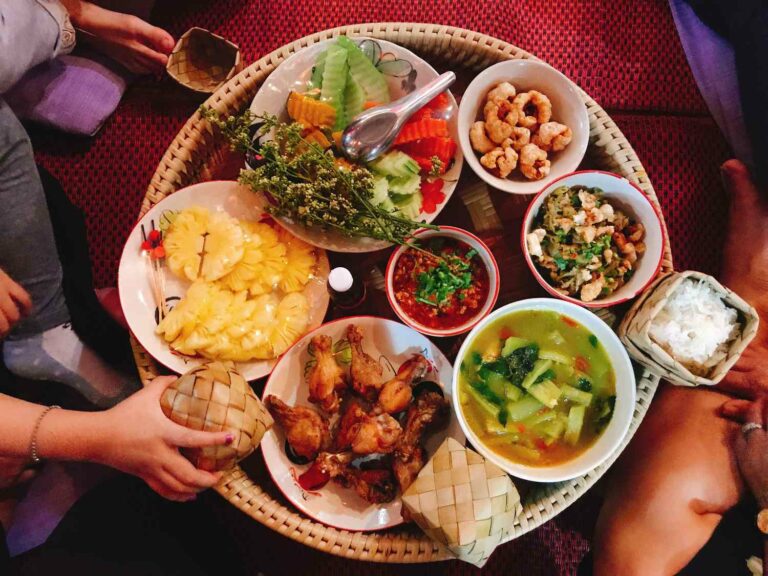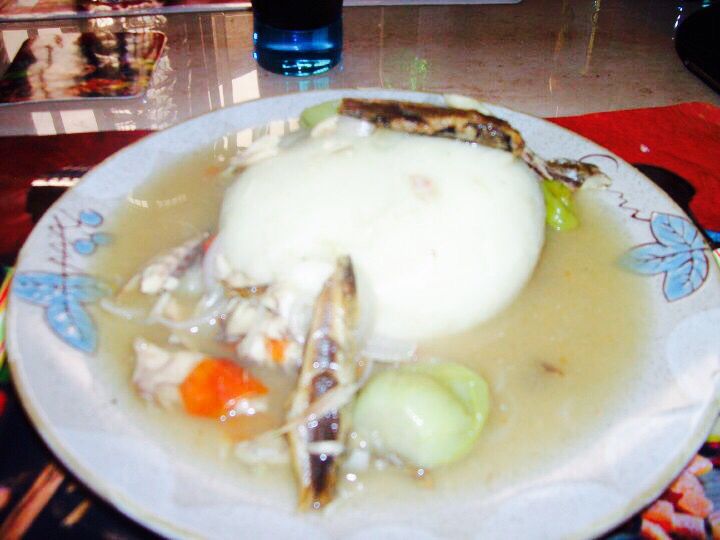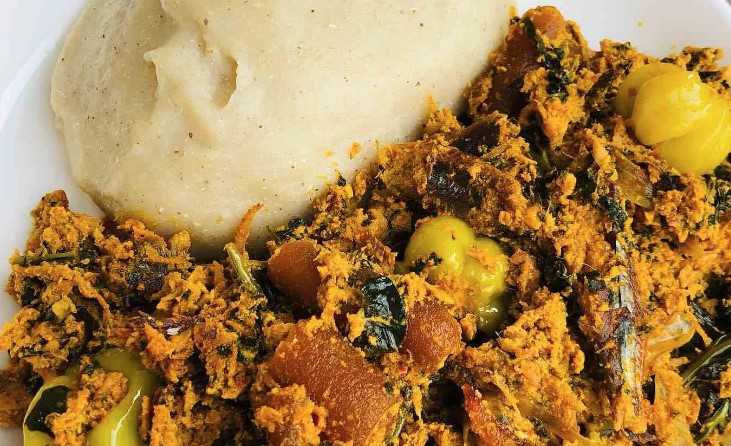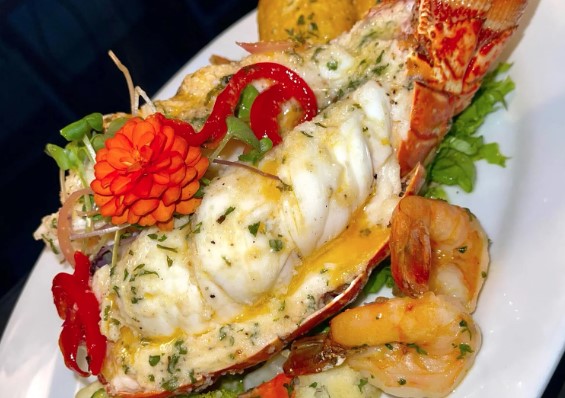Introduction: Discover Sudanese Cuisine
Sudanese cuisine is a reflection of the country’s rich and diverse cultural heritage. Located in northeastern Africa, Sudan is surrounded by Egypt, Ethiopia, South Sudan, and Libya. Its cuisine is influenced by the flavors and ingredients of neighboring countries, as well as its own unique spices and herbs. Sudanese cuisine is characterized by its use of meat, vegetables, grains, and spices, making it a delicious and satisfying cuisine.
The Regional Influence on Sudanese Cuisine
Sudanese cuisine is influenced by the cuisine of neighboring countries, such as Egypt, Ethiopia, and South Sudan. As a result, Sudanese cuisine shares some similarities with these cuisines, but it also has its own unique flavors and ingredients. For example, Sudanese cuisine is known for its use of spices and herbs, which are used to add flavor and aroma to dishes. Furthermore, the use of grains, such as sorghum and millet, is also common in Sudanese cuisine, reflecting its agricultural heritage.
Flavors of Sudanese Cuisine: Spices and Herbs
Sudanese cuisine is renowned for its use of spices and herbs, which are used to enhance the flavor of dishes. Some of the most common spices and herbs used in Sudanese cuisine include baharat, a blend of spices that includes cinnamon, cardamom, and cloves; cumin, which is used to add depth to meat dishes; and fenugreek, which has a slightly sweet and bitter flavor. Herbs such as parsley, coriander, and mint are also commonly used in Sudanese cuisine to add freshness and balance to dishes.
Key Ingredients in Sudanese Cuisine: Meat and Vegetables
Meat plays a significant role in Sudanese cuisine, with goat, lamb, and beef being the most commonly used meats. Sudanese cuisine also includes a variety of vegetables, including okra, eggplant, and tomatoes, which are often used in stews and curries. Grains such as sorghum and millet are also a staple of Sudanese cuisine. These grains are used to make porridge, bread, and other dishes, and are an important source of nutrition in Sudan.
Popular Dishes in Sudanese Cuisine: From Breakfast to Dinner
Sudanese cuisine includes a wide range of dishes, from breakfast to dinner. One popular breakfast dish is ful medames, a stew made from fava beans, onions, and spices, served with bread. For lunch or dinner, a popular dish is kisra, a flatbread made from sorghum flour, served with a stew or curry. Another popular dish is asida, a porridge made from sorghum flour, served with a stew or soup. Sudanese cuisine also includes a variety of meat dishes, such as dukhan, a smoked meat dish, and mullah, a lamb stew with vegetables.
Conclusion: Exploring Sudanese Cuisine
Sudanese cuisine is a fascinating and delicious cuisine that reflects the country’s rich cultural heritage. Its use of spices and herbs, meat, vegetables, and grains, all contribute to its unique flavors and textures. Whether you’re a fan of stews and curries, or prefer flatbreads and porridges, Sudanese cuisine has something for everyone to enjoy. Exploring this cuisine is a great way to experience the flavors and ingredients of northeastern Africa.


